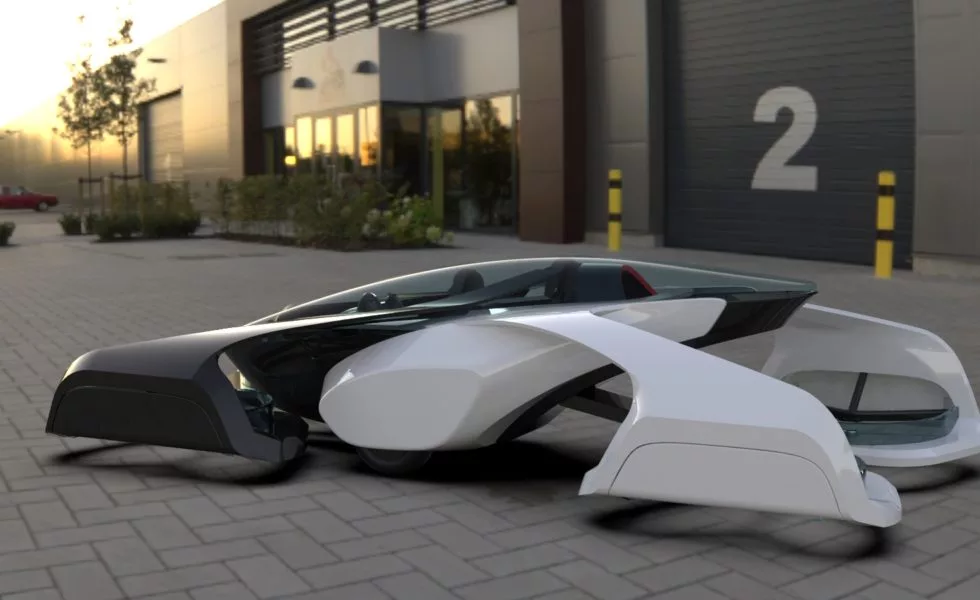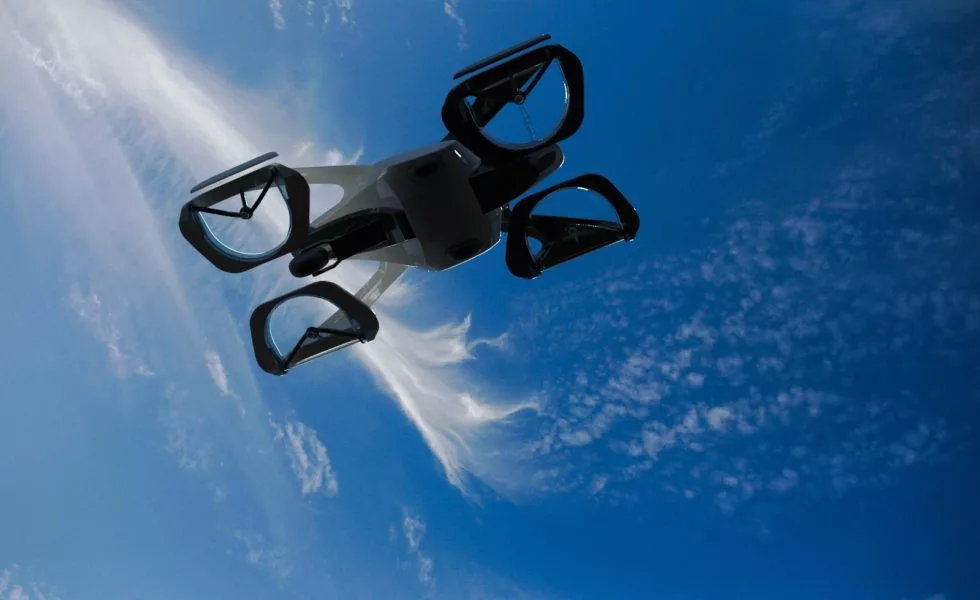Japanese eVTOL company SkyDrive has announced it's going into partnership with Suzuki, as it works toward the development and full-scale production of a "compact, two-seating electric-powered flying car," which it hopes to debut at the Osaka World Expo in 2025.
SkyDrive would appear to be Japan's leading eVTOL project. Its parent company, charmingly named Cartivator, was founded on the back of a small investment by Toyota. Its CTO, Nobuo Kishi, joined the company after holding a "top post" at Mitsubishi Aircraft Corporation, and it partnered with electronics giant NEC on a demonstration aircraft back in 2019.
Now, Suzuki is coming on board, "to collaborate in areas of business and technology that include technology R&D, planning of manufacturing and mass-production systems, development of overseas markets with an initial focus on India, and promotion of efforts to attain carbon neutrality."
Despite sticking mainly in the automotive, motorcycle, ATV, marine and engine businesses, Suzuki is perhaps a bigger company than it might seem, shipping nearly three million units and pulling down almost US$29 billion in revenue in 2020. In car manufacturing alone, it ranked as the 11th biggest automaker in 2017. It has been slow, however, in moving to electric power. Indeed, Suzuki's first all-electric consumer car isn't expected until 2025.

While SkyDrive has flown small single-seat multicopter concepts, it's still unclear exactly what kind of aircraft it's working on with Suzuki. Most of the images we've used here are of SkyDrive's SD-XX concept model, a tandem two-seat design that would appear to fit this project's description.
This is an 8-prop coaxial multicopter airframe, with a glass-covered cabin. It's designed to lift a maximum takeoff weight of 500 kg (1,100 lb) to a max altitude of 500 m (1,640 ft), flying at a max speed of 100 km/h (62 mph) for somewhere between 20-30 minutes.
Unusually, it'll actually fit the "flying car" category, since it offers a drive mode as well. On the ground, it rests on three wheels – two side by side beneath the cabin, and a third extending back behind the cabin. SkyDrive says it's planning a max driving speed of 60 km/h (37 mph), with a range between 20-30 km (12-18 miles).

If we were to criticize the design, which is clearly far from final, we'd raise the following points. The large, curved arms that come off the top of the airframe to support the vertical propulsion pods look cool, but they look like a bit of a waste of weight, and while slightly wing-like in appearance, they look like they'd contribute very little lift.
Center of gravity also looks like an issue; with the weight of a pilot in the front, it looks like it'll be nose-heavy, with its front wheels just forward of the middle of the vehicle. Steering and braking could easily pitch this thing forward from the looks of it.
And while SkyDrive's partners certainly have a lot of expertise in certifying road-registerable cars, the decision to make a dual-mode vehicle will add enormous cost, weight and overhead on top of the already daunting task of getting the airframe itself type certified for any kind of commercial operation. A flying car might make more sense as a consumer product than an air taxi, so SkyDrive could potentially look into selling them direct to pilots under less onerous "buy 'n' fly" regulations.

But air taxi operations are definitely a key goal, according to the press release. "SkyDrive aims to begin air taxi service during the 2025 World Exposition in Osaka, Japan, as well as to initiate service in other regions of Japan." High-profile public taxi flights beginning three years from next month? Eep. Best get cracking on a final design, prototypes, flight testing, certification, production and all the rest of it, team!
Source: SkyDrive










